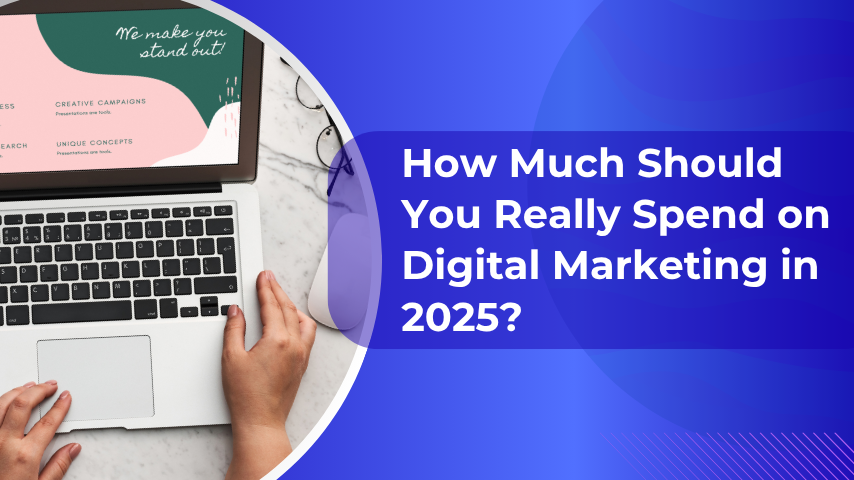
Introduction
Marketing has always been the backbone of business growth, but the strategies have evolved dramatically. As technology advances, companies face a critical decision: Should they go digital or stick with traditional marketing?
Let’s break down the pros and cons of both digital marketing and traditional marketing to help you decide which is best for your brand.
What Is Traditional Marketing?
Traditional marketing refers to the conventional methods of advertising that have been used for decades. This includes:
-
Television and radio ads
-
Print media (newspapers, magazines)
-
Billboards and hoardings
-
Flyers and brochures
-
Event sponsorships
These are physical and offline forms of communication used to reach a mass audience.
What Is Digital Marketing?
Digital marketing uses the internet and electronic devices to reach customers. This includes:
-
Social media marketing
-
Email campaigns
-
SEO (Search Engine Optimization)
-
Pay-per-click (PPC) ads
-
Content marketing
-
Influencer collaborations
Digital platforms allow for more targeted and interactive engagement.
Pros of Traditional Marketing
✅ High Reach in Local Markets
Traditional ads like newspaper inserts or radio jingles still work well in smaller towns or among older audiences.
✅ Tangibility Builds Trust
Physical materials (like brochures or magazine ads) can create a lasting impression and build credibility.
✅ Easy to Understand
It’s familiar and often easier for consumers to comprehend without the need for tech-savviness.
Cons of Traditional Marketing
❌ High Costs
TV ads and print campaigns can be expensive, especially with repeated exposure.
❌ Limited Tracking
It’s difficult to measure ROI accurately—how do you know who saw your billboard?
❌ Less Flexibility
Once printed or aired, you can’t edit a mistake or pivot quickly to a new strategy.
Pros of Digital Marketing
✅ Cost-Effective
You can start small with a limited budget—especially helpful for startups and small businesses.
✅ Real-Time Analytics
Track everything from clicks and conversions to customer demographics with tools like Google Analytics.
✅ Targeted Reach
You can show your ads to a specific audience based on age, interests, location, and behavior.
✅ Instant Feedback and Engagement
Two-way communication with customers via social media, chatbots, or email builds stronger relationships.
Cons of Digital Marketing
❌ Information Overload
The online space is crowded, and standing out is challenging.
❌ Constant Change
Algorithms and trends shift frequently—requiring businesses to stay updated or risk falling behind.
❌ Requires Technical Know-How
Not all businesses are digitally equipped or trained to handle tools, SEO, or ad management.
Digital Marketing vs Traditional Marketing: Comparison Table
| Feature | Traditional Marketing | Digital Marketing |
|---|---|---|
| Cost | High | Budget-friendly |
| Reach | Local/Mass (General) | Global/Targeted |
| Engagement | One-way | Two-way |
| Measurability | Difficult | Real-time analytics |
| Speed & Flexibility | Slow | Instant |
| Lifespan of Ad | Short-lived (e.g., newspaper) | Long-lasting (SEO, blogs) |
Which One Should You Choose?
It depends on your goals, audience, and budget:
-
Use traditional marketing if your target audience is local or older and you want tangible brand presence.
-
Opt for digital marketing if you’re aiming for measurable ROI, younger demographics, or global reach.
In many cases, the best strategy is a blend of both—a well-planned integrated marketing approach.
Conclusion
While traditional marketing is still relevant, especially in certain sectors, digital marketing is quickly becoming the go-to choice for most modern businesses. Evaluate the pros and cons based on your brand’s needs—and don’t be afraid to adapt as you grow.




